
December is well known to be a time to reflect back on the year’s accomplishments, memories, and sometimes difficulties. Above all, as we say goodbye to the old year and enter the gifting season we can also welcome a sense of gratitude within ourselves and our homes. In fact, we can even start by showing gratitude to our interiors and design in particular for all the advancements that have enabled us to surround ourselves in spaces that speak to us, heighten our environmental awareness, and even improve our health and well-being. This piece is thus dedicated to acknowledging the silent ways in which our interiors look after us and the ways we can best make use of these benefits.
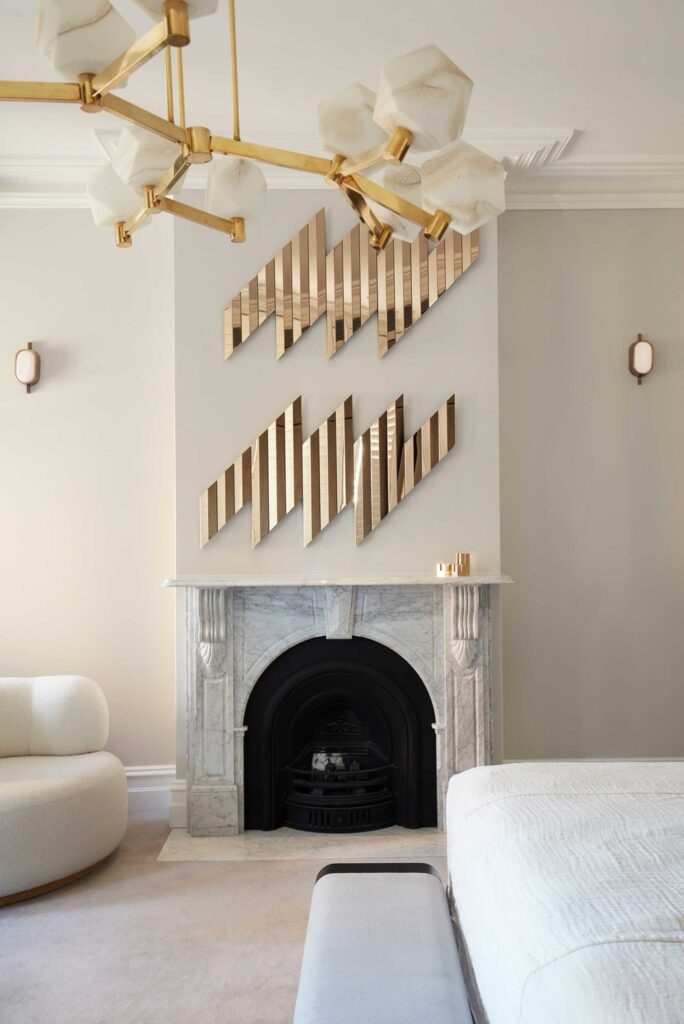
Comfort and relaxation
In the first place we can thank our interiors for providing the comfort we need on a daily basis in combination with a dose of relaxation. Of course, this is all thanks to the incorporation of soft textures, ergonomic furniture, and soothing colors which help reduce stress and anxiety. Through conscious design practices we have managed to develop cozy ambiences catered to our emotional wellbeing after many centuries of experimenting by different civilizations. Thus, each person today can select which element such as blankets, rugs, plush sofas, or soft lighting better suit not only their decor style but also contribute to a pleasant and serene ambience.
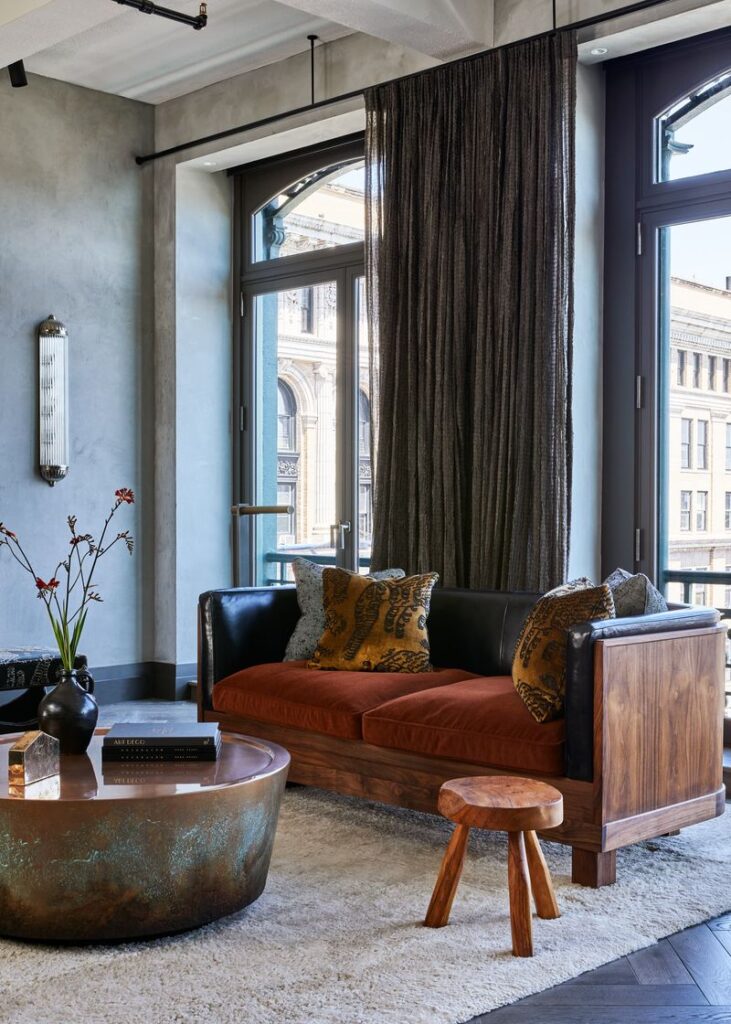
The power of lighting over mood
In terms of mood and wellbeing, we have briefly mentioned above the influence that lighting can have on people’s emotional responses within indoor spaces. Both artificial and natural light have the power to enhance productivity, improve our attitude, and even regulate cardiac rhythms by simply maintaining a well-lit room. Those who have the opportunity to maximize natural light through the use of large windows with sheer curtains, light colored surfaces, and open layouts, can understand how beneficial this is for one’s mental health as lighting improves our mood to be productive and cheerful. However, even in cases where interiors don’t boast with large access to natural light, one can still make use of dimmable or adjustable lighting paired with mirrors to control the brightness level and create a variety of moods for different occasions.
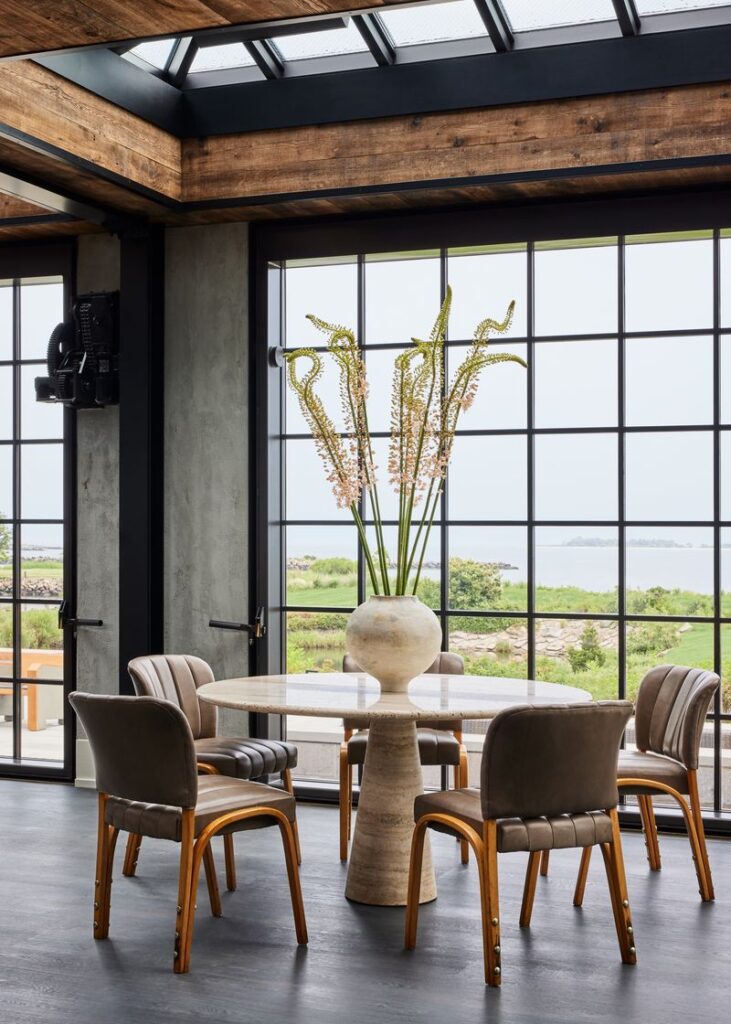
The triumph of organization over clutter
Something that we can always be thankful for in various aspects of our lives is organization. This key aspect is essential for work, relationships, and homes alike as it contributes to mental clarity, positivity, and it enhances our feeling of security. Clutter-free spaces operate the same way to reduce the presence of overwhelm and anxiety; making it easier to navigate our everyday environment. This is why the best way of fully appreciating this gift is to invest in storage solutions like shelves, baskets, or cabinets to keep items out of sight in an organized compartment. For minimalist approaches this is a key strategy that consists of keeping only the essential items visible along with a deliberate selection of accessories such as artwork or personal collections.
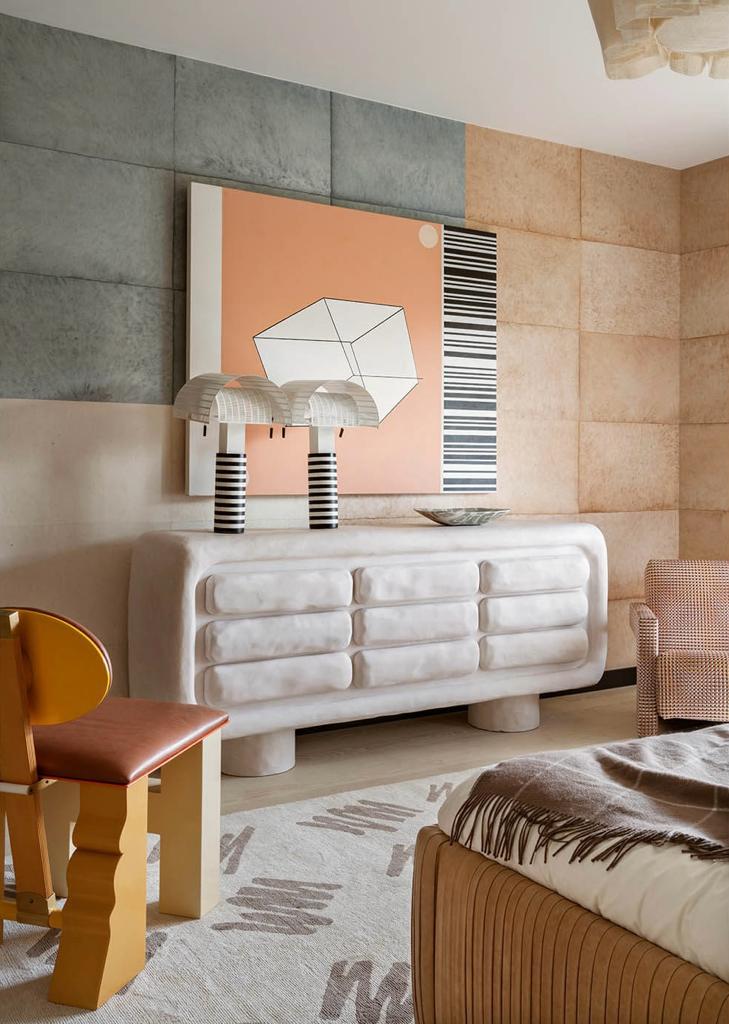
Exploring our connection to nature
While our homes are meant to shield us from many of nature’s forces, this does not mean that nature itself and its benefits should not be a part of our interiors. In fact, studies have shown that exposure to it, even indoors, can positively impact mental and physical health. Incorporating organic and natural elements like indoor plants that help purify our indoor air, wooden furniture, stone accents, or bamboo decor, add a welcoming and soothing touch that reinforces our connection with the outdoors. Opening our doors to these elements is also a way of showing our appreciation for our planet and reminding ourselves of what we need to adopt more sustainable lifestyles so we can keep enjoying its beauty and countless benefits.
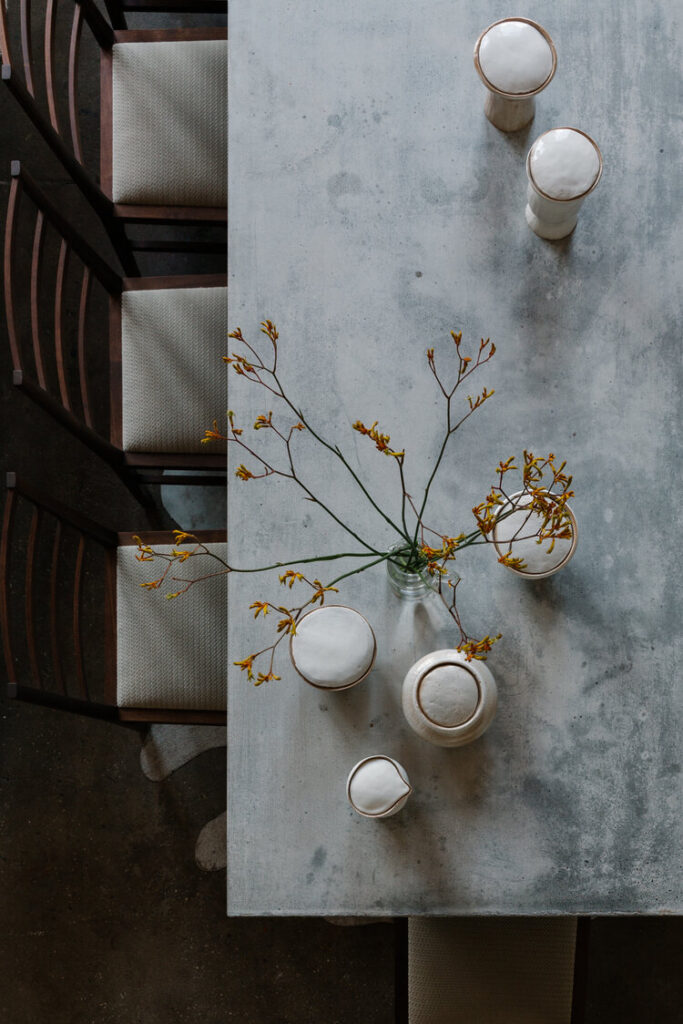
Exploring functionality and flow
Not all beneficial aspects of our interiors are visible at a first glance. Some of the aspects that facilitate our everyday lives can only be felt in the long run as is the case with well-designed spaces that place a special emphasis on functionality and flow. For instance, ergonomic furniture and layouts that encourage movement while also presenting an appealing visual, can reduce physical strain and discomfort. This approach requires our direct intervention in arranging furniture not only based on visual harmony and symmetry but to create open pathways that ensure easy movement. We can also take this to a more comfortable and effective level by selecting creative furniture designs such as adjustable chairs, sleeper sofas, or standing desks that promote better posture and the possibility to relax in between strenuous activities.
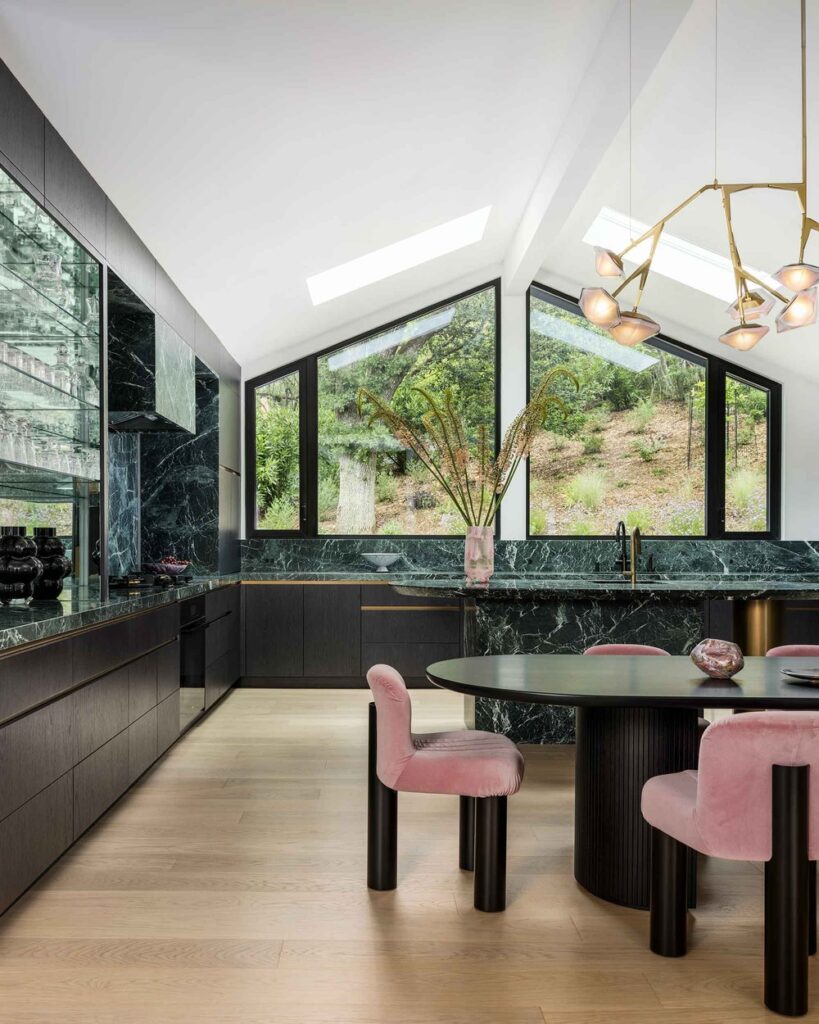
The effects of color psychology
In previous articles we have discussed in more detail the workings of color psychology in interior design that evokes certain feelings or transforms our perception of space. Today we remind ourselves again of the significant influence that colors have when one is aware of the key ways of harnessing them to bring out more energy and positivity or to create a sense of calmness and relaxation. Knowing when to use certain colors is important to make full use of our interior’s potential and to establish a starting point from which to begin decorating and arranging. For example, warm colors like terracotta, gold, or various shades of red are better catered to areas such as the living room, dining room, or kitchen where socializing is mostly expected. Meanwhile, calmer shades like soft blues, greens, or neutrals go best in the bedroom or shower room, aimed to induce a sense of tranquility.
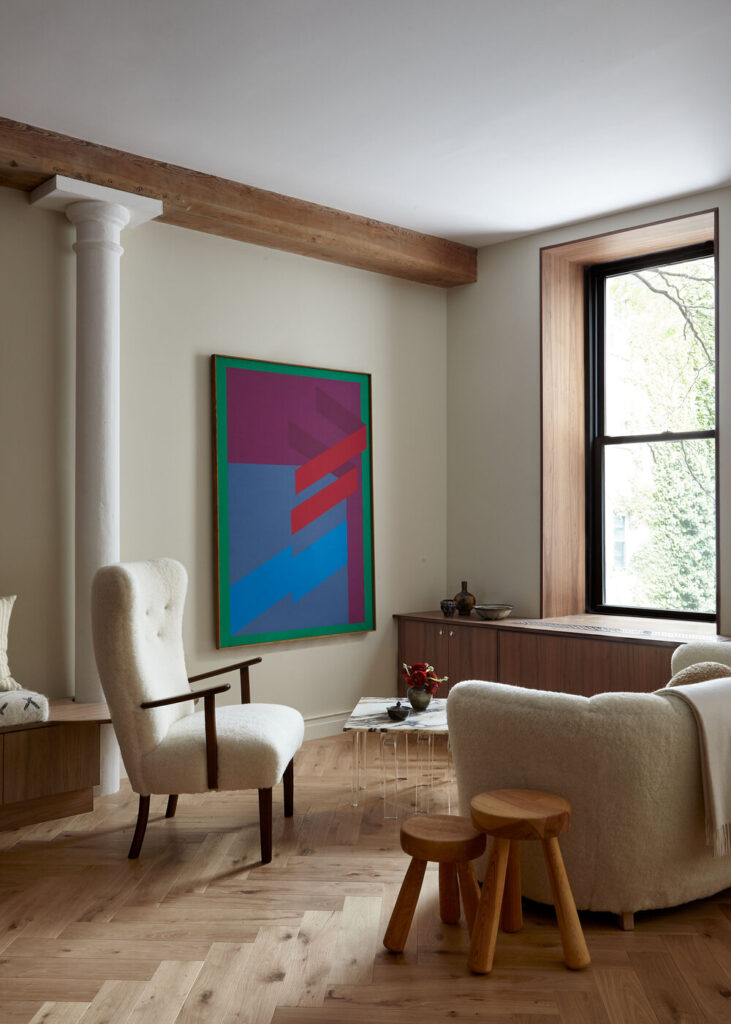
The freedom to express one’s identity
Last, but certainly not least, our interiors work as safe havens where we can seek refuge in the reflection of ourselves through objects, colors, and elements that express our own personalities and preferences. This form of self-expression through design can boost self-esteem and generate a sense of belonging, comfort, and overall emotional wellbeing. The display of certain artwork, photographs, or significant items is not only for guests but also for our own eyes to recognize and identify the sense of connection that we share with the spaces we inhabit. Interior design, via this means, helps us reinforce our own identity by crafting a beautiful space through items that reflect our hobbies, interests, or cultural background.
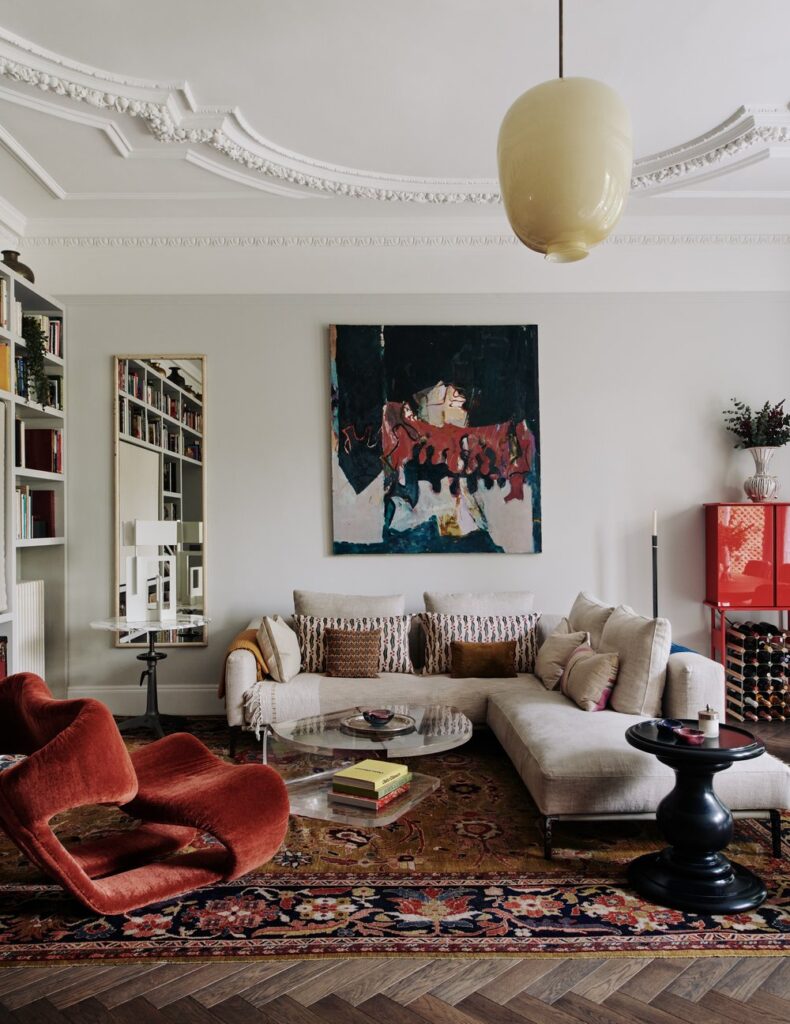
A final thank you to our interiors
Taking a moment to admire our interiors implies celebrating the design process that has led us to the creation of these spaces which we can identify with and feel secure in. We can show this appreciation for interior design by boldly accepting the personalization of our homes, regularly maintaining and organizing our spaces, or experimenting with creative and innovative design ideas. Moreover, another way of showing gratitude for this practice involves valuing and caring for the elements that contribute to our comfort and wellbeing, such as quality furniture, natural sources, smart storage solutions, and effective lighting. Finally, by sharing our spaces with others, seeking inspiration from various design sources, and continuously allowing our homes to evolve and adapt to our changing needs, we are demonstrating our gratitude for the art and science of interior design itself within our homes.
